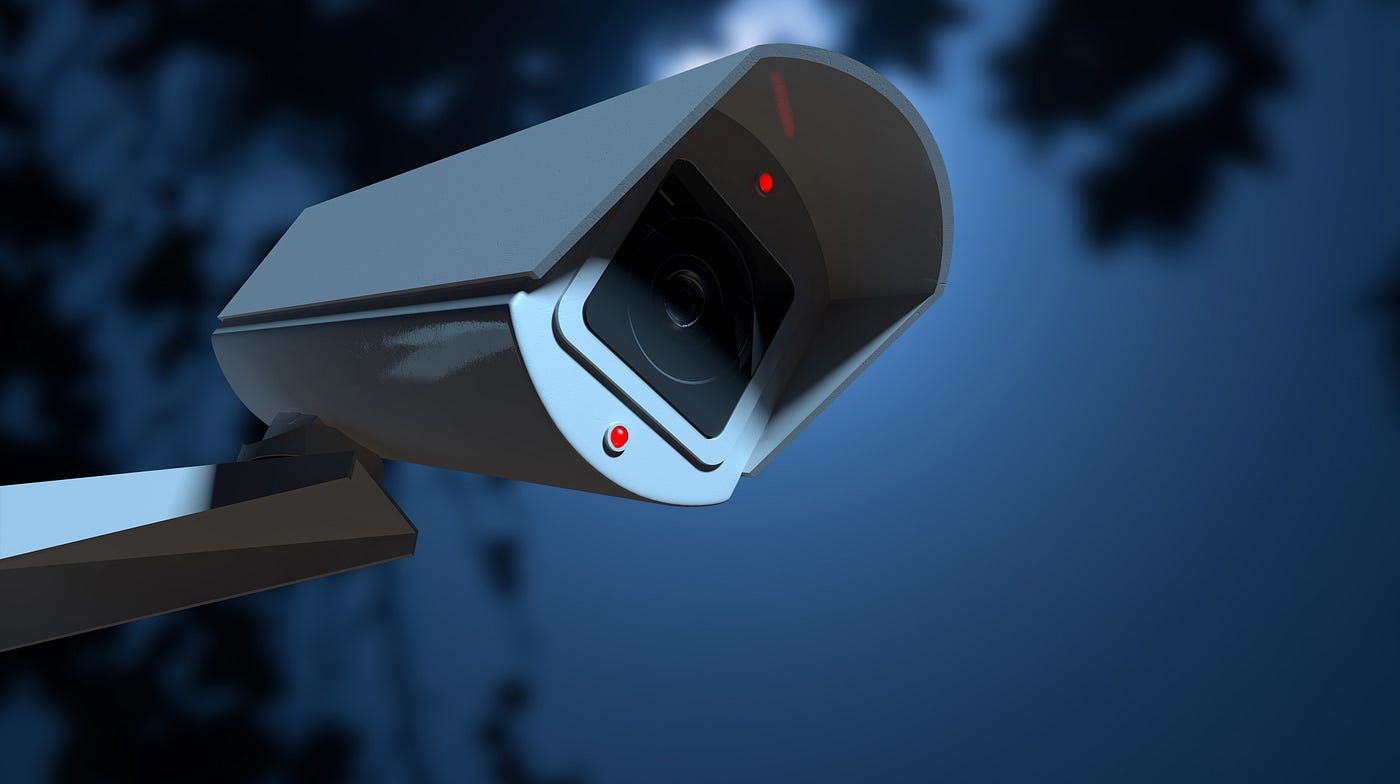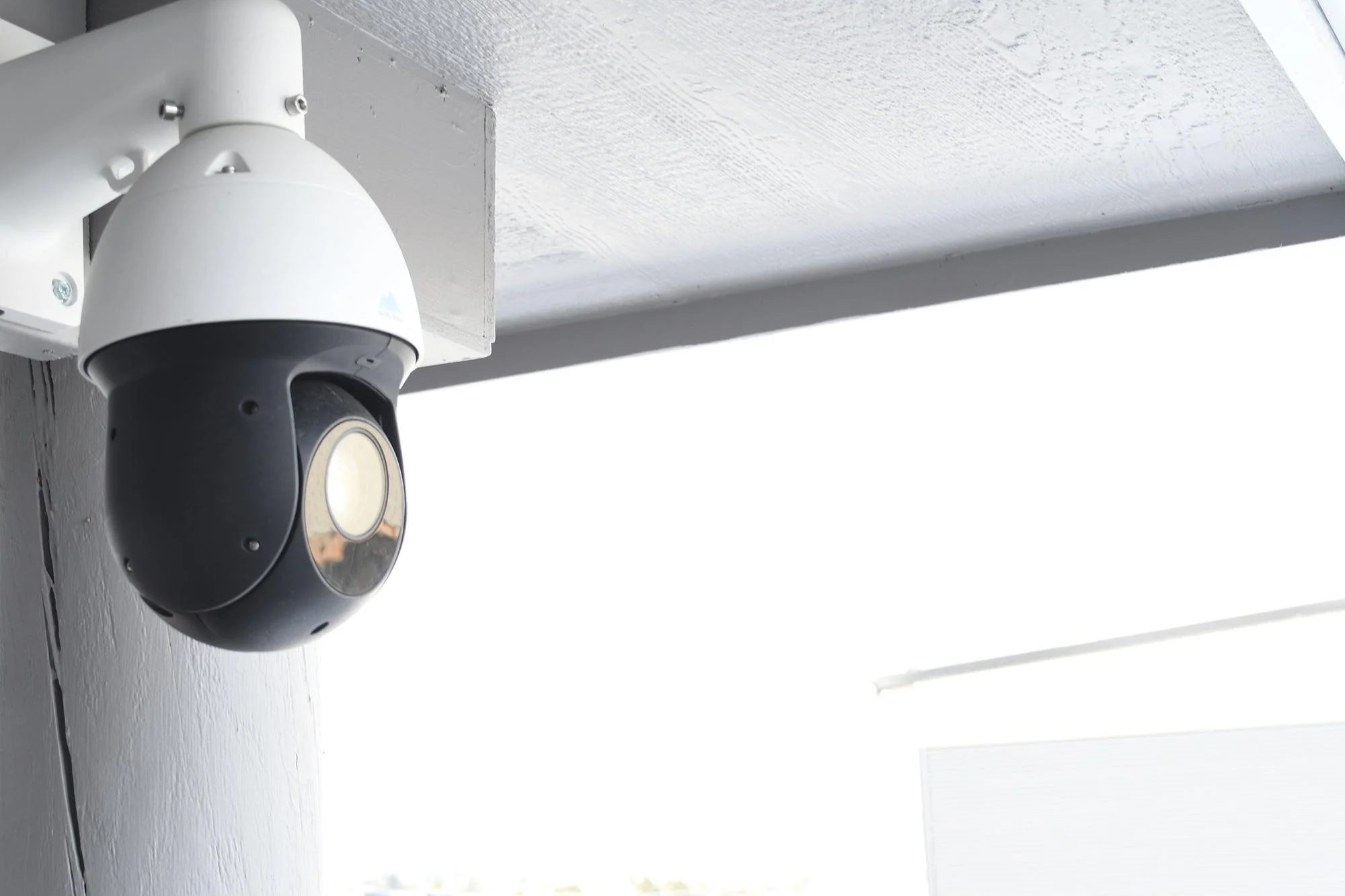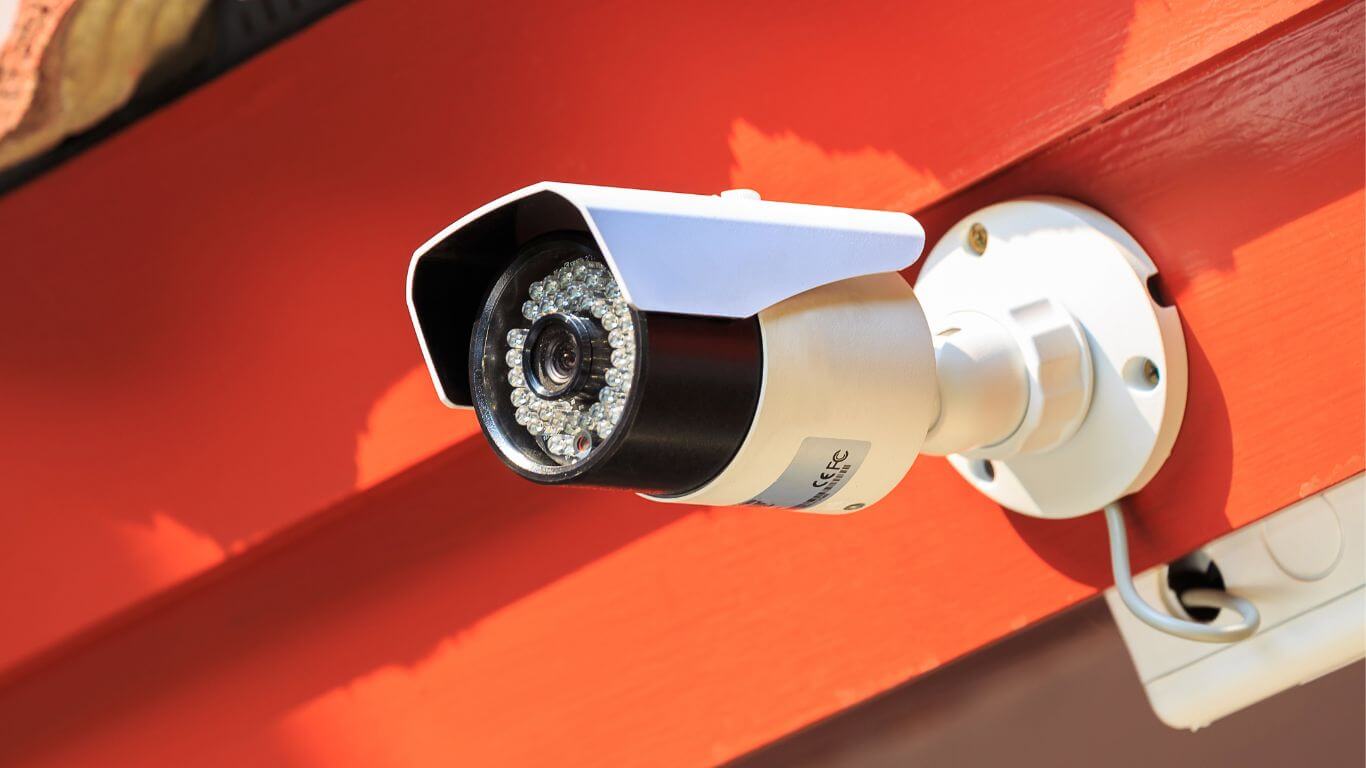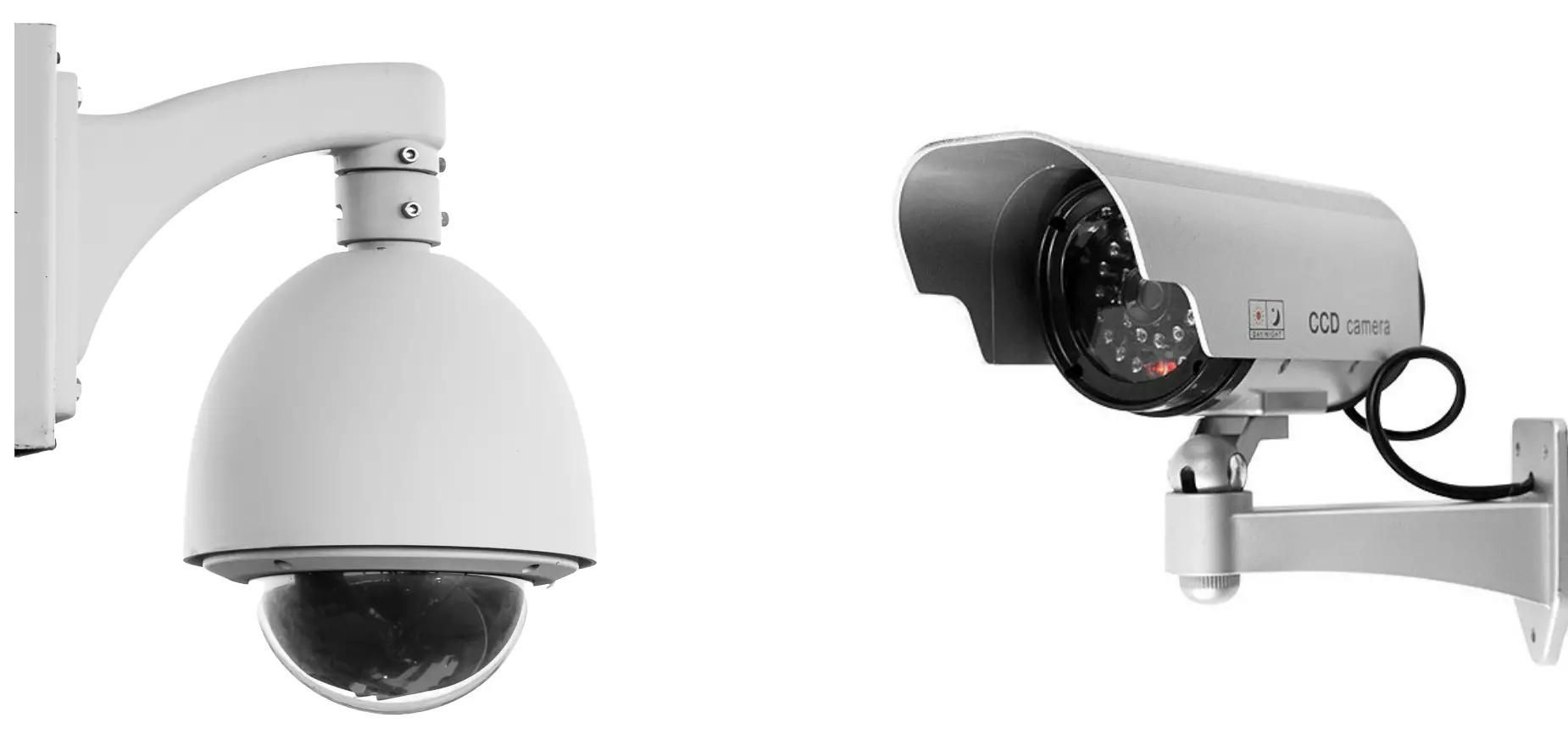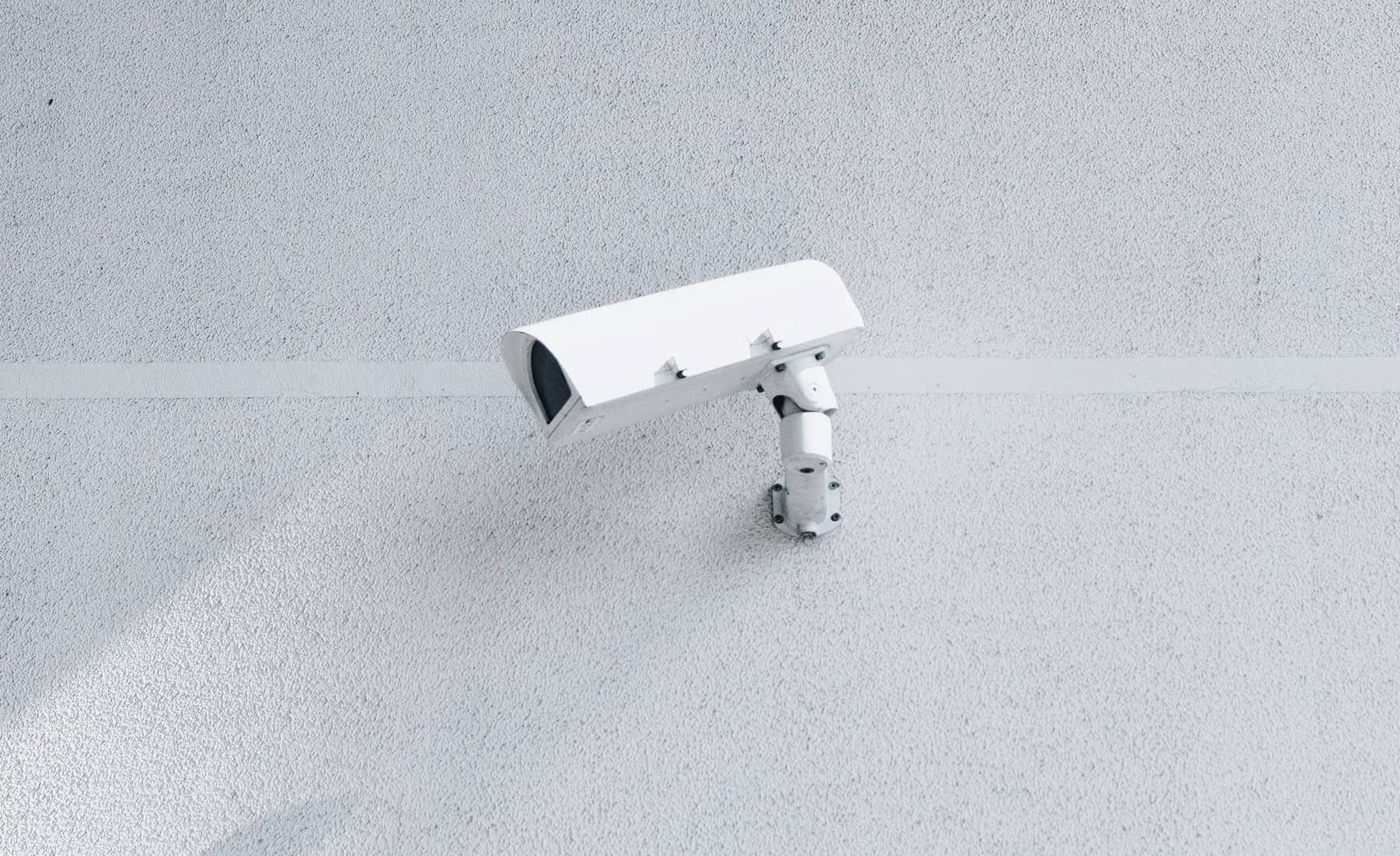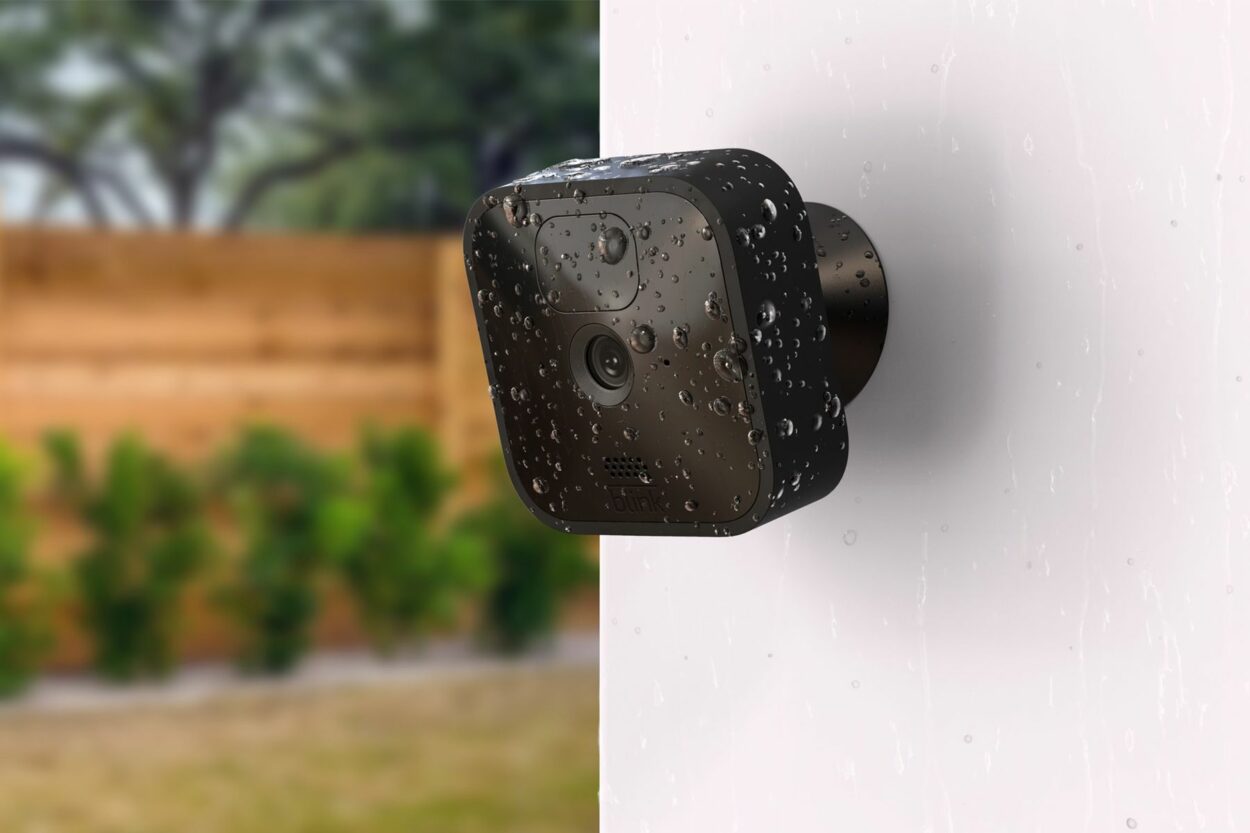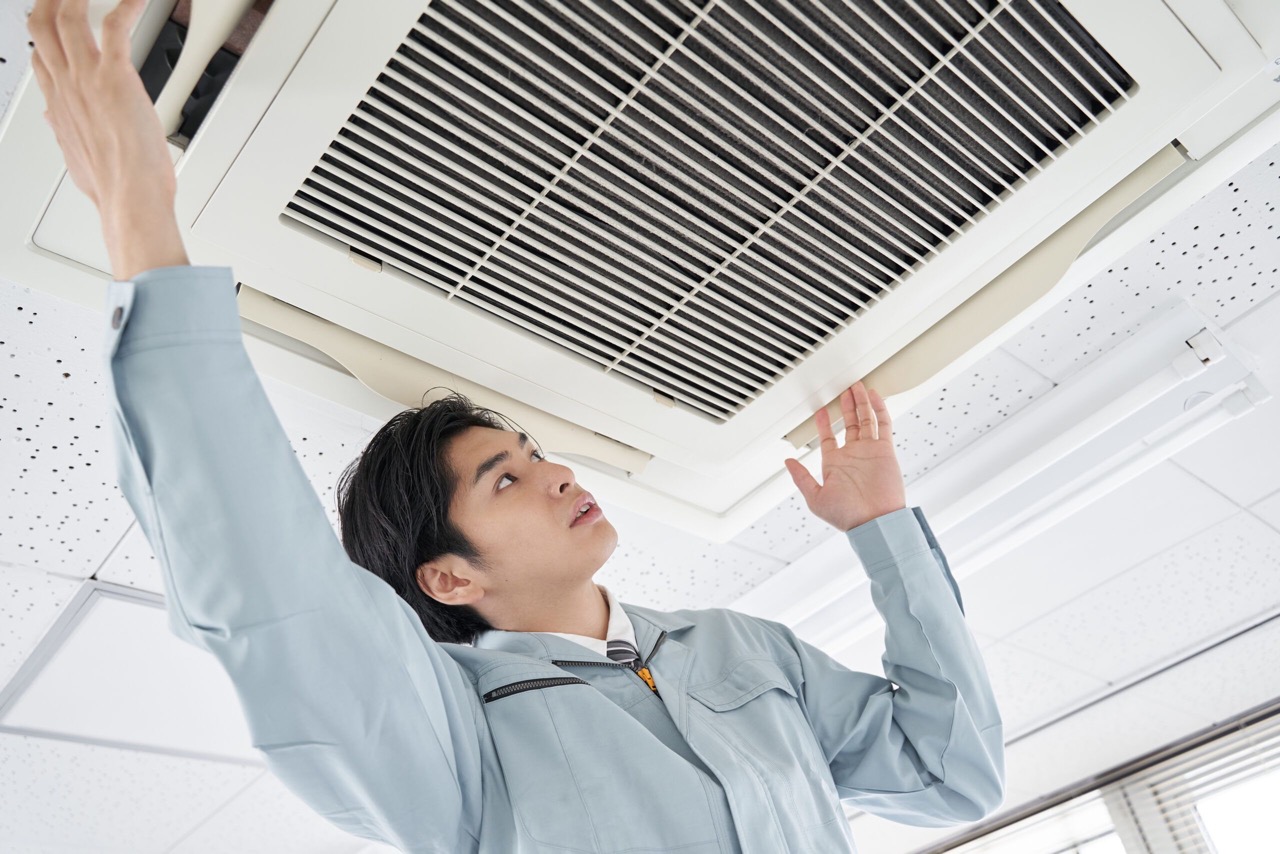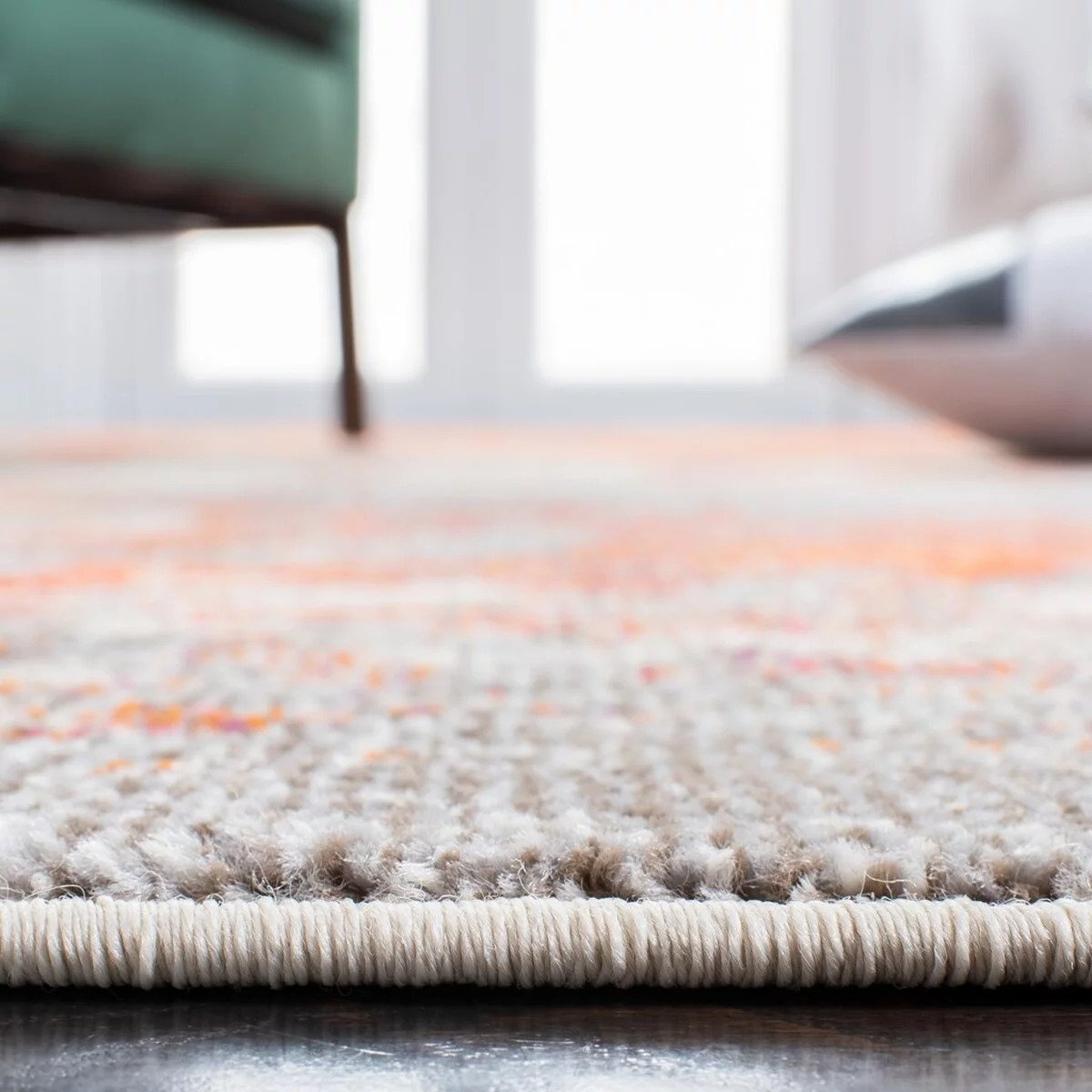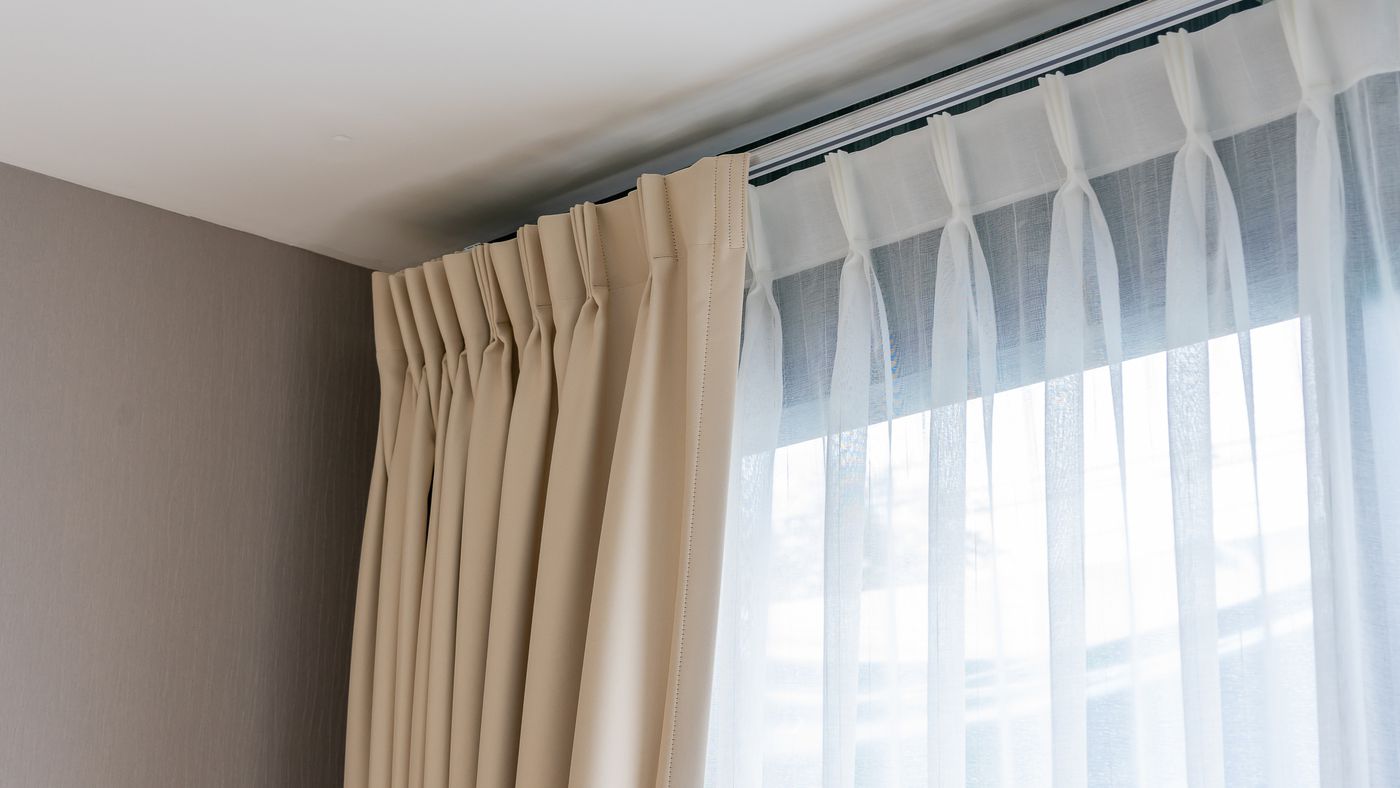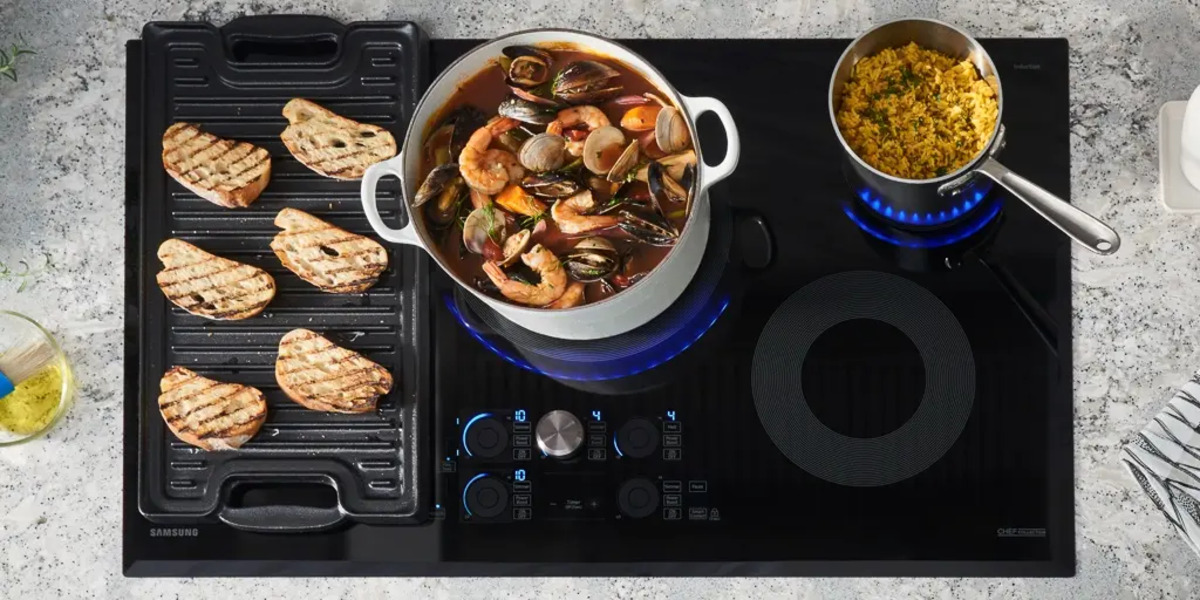Home>Home Security and Surveillance>Why Are Security Cameras So Bad
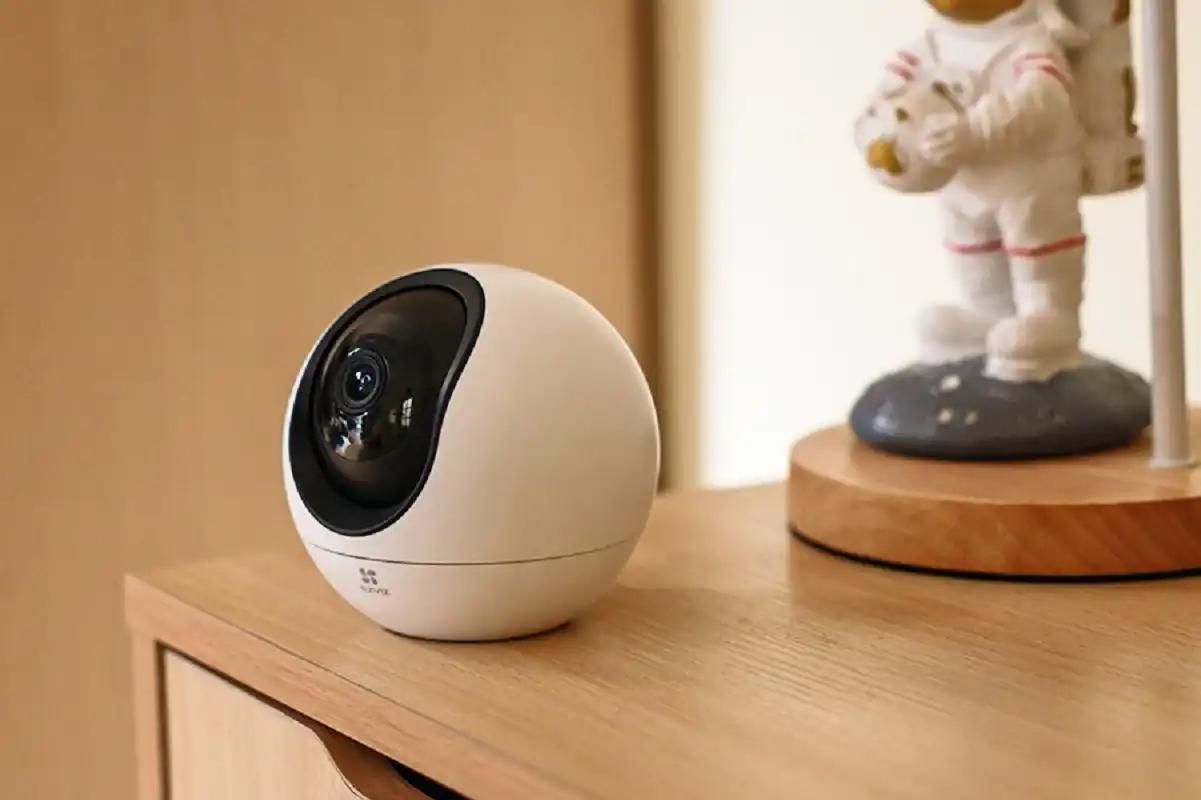

Home Security and Surveillance
Why Are Security Cameras So Bad
Modified: October 21, 2024
Discover why home security and surveillance cameras often fall short in delivering effective protection. Learn the flaws and limitations in this detailed analysis.
(Many of the links in this article redirect to a specific reviewed product. Your purchase of these products through affiliate links helps to generate commission for Storables.com, at no extra cost. Learn more)
Introduction
Home security and surveillance systems have become increasingly popular in recent years, providing homeowners with peace of mind and protection from potential threats. One of the key components of such systems is the security camera, which acts as the “eyes” of the home, monitoring and recording activities both inside and outside the premises.
However, despite the advancements in technology, many security cameras still fall short in certain areas, leaving homeowners disappointed and questioning their effectiveness. In this article, we will explore some of the common issues that plague security cameras, such as lack of resolution, limited field of view, poor low light performance, inadequate storage capacity, difficulty in identifying and tracking individuals, vulnerability to hacking, limited integration and compatibility, as well as the high cost and maintenance requirements.
By understanding these limitations, you can make more informed decisions when selecting a security camera system for your home, ensuring that you choose one that best meets your needs and provides the level of security you desire.
Key Takeaways:
- Choose high-resolution security cameras for clear footage and effective identification of individuals, ensuring better surveillance coverage and evidence in case of security incidents.
- Consider wide-angle or 360-degree cameras to minimize blind spots, and invest in cameras with good low light performance and secure your system against hacking for reliable home security.
Read more: Why Is Security Camera Quality So Bad
Lack of Resolution
One of the most common complaints about security cameras is their lack of resolution. While some cameras boast high-resolution capabilities, many entry-level or older models produce grainy, pixelated footage that is not clear or detailed enough to identify individuals or capture important details.
This lack of resolution can be a significant drawback, as it hampers the ability to use the footage as evidence in the event of a break-in or other security incident. It also limits the effectiveness of the camera as a deterrent, as potential intruders may not be deterred by a camera that does not provide clear and identifiable footage.
Fortunately, advancements in technology have led to the development of high-resolution cameras, often referred to as “4K” or “ultra HD” cameras. These cameras offer significantly better image quality and clarity, allowing for more accurate identification of individuals and better overall surveillance coverage. However, it is important to note that these high-resolution cameras often come with a higher price tag.
When considering a security camera system for your home, it is essential to carefully assess the resolution capabilities of the cameras. Look for cameras with at least 1080p resolution, which provides a reasonable level of clarity for identification purposes. If you require even more detailed footage, consider investing in a higher-resolution camera to ensure maximum effectiveness.
Limited Field of View
Another common limitation of security cameras is their limited field of view. The field of view refers to the area that the camera can capture and monitor. Many security cameras have a fixed focal length, which means they can only capture a specific area or angle.
This limited field of view can be problematic, as it may result in blind spots or areas that are not adequately covered by the camera. Intruders or suspicious activities outside of the camera’s field of view may go unnoticed, reducing the overall effectiveness of the surveillance system.
To address this issue, some security cameras offer pan, tilt, and zoom (PTZ) capabilities. These cameras can be remotely controlled to adjust their position, allowing for a wider coverage area and the ability to zoom in on specific details. PTZ cameras are particularly useful for large properties or areas that require constant monitoring.
In recent years, another solution to the limited field of view problem has emerged in the form of wide-angle and 360-degree cameras. These cameras offer a broader view, capturing a larger area without the need for physical movement. They can provide a more comprehensive picture of the surroundings, minimizing blind spots and enhancing the surveillance capabilities of the system.
When selecting a security camera, consider the layout and size of your property, as well as the specific areas you want to monitor. Assess whether a fixed camera with a limited field of view will suffice, or if you would benefit from the flexibility of a PTZ camera or the broader coverage offered by wide-angle or 360-degree cameras.
By choosing a camera with an appropriate field of view, you can ensure that your surveillance system effectively covers the critical areas and minimizes the risk of any blind spots.
Poor Low Light Performance
One of the significant challenges faced by security cameras is their performance in low light conditions. Many cameras struggle to capture clear and detailed footage when there is insufficient lighting, such as at night or in dimly lit areas. This limitation can render the camera ineffective during crucial times when visibility is critical.
The poor low light performance of security cameras can be attributed to various factors. One common issue is the size of the camera’s image sensor, which affects its ability to capture and process light. Smaller image sensors tend to be less sensitive to light, resulting in blurry or grainy footage in low light situations.
Fortunately, manufacturers have recognized this problem and have developed cameras with advanced low light capabilities. These cameras, often referred to as “low light” or “night vision” cameras, use technologies such as infrared (IR) illumination or image enhancement algorithms to improve visibility in dark or poorly lit areas.
When selecting a security camera, it is crucial to consider its low light performance capabilities. Look for cameras that specifically advertise their ability to capture clear footage in low light conditions. These cameras typically have larger image sensors, advanced lens technology, and built-in IR illuminators to enhance visibility at night.
Additionally, consider the lighting conditions of the areas you intend to monitor. If certain areas are consistently poorly lit, it might be worth investing in supplementary lighting solutions, such as external floodlights or infrared illuminators, to ensure optimal visibility and image quality.
By choosing a camera with good low light performance and implementing appropriate lighting solutions, you can ensure that your security camera system remains effective and reliable even in challenging lighting conditions.
Inadequate Storage Capacity
One of the common frustrations with security cameras is the limited storage capacity for recorded footage. Many cameras rely on either onboard storage or cloud-based storage services to store the recorded video data. However, the capacity of these storage options is often insufficient, leading to frequent overwriting of old footage or the need for manual deletion to make room for new recordings.
This inadequate storage capacity can be a significant drawback, especially if you need to retrieve footage from a specific date or time. It also means that you may not have access to historical recordings that could be useful for investigations or evidence purposes.
To address this issue, it’s important to assess your storage needs and opt for cameras or storage solutions that offer higher capacity. Look for cameras that support expandable storage options, such as SD cards or network-attached storage (NAS) devices, which allow you to store more data locally. Additionally, consider security camera systems that offer cloud storage plans with larger storage capacities, ensuring that you can retain footage for longer periods without constant deletion or overwriting.
Another approach to managing storage capacity is to set up motion-activated recording or specify certain events or areas that trigger recording. This way, you can prioritize and capture only relevant footage, saving storage space for critical moments.
By planning for adequate storage capacity and utilizing storage management strategies, you can ensure that your security cameras maintain a sufficient record of events, providing you with the necessary storage space and access to past footage when you need it most.
When choosing a security camera, look for one with high resolution, night vision, and motion detection. These features can improve the overall performance and effectiveness of the camera.
Read more: Why Is Home Security So Important
Difficulty in Identifying and Tracking Individuals
An ongoing challenge in the realm of security cameras is the difficulty in accurately identifying and tracking individuals. This limitation can be attributed to various factors, including low-resolution footage, insufficient camera placement, and limitations in the camera’s software or analytic capabilities.
One of the primary causes of difficulty in identifying individuals is the quality of the captured footage. As mentioned earlier, many security cameras may produce grainy or pixelated images, making it challenging to discern important details such as facial features or clothing characteristics. This can impede the ability to accurately identify individuals, rendering the footage less useful for investigative or evidentiary purposes.
In addition to resolution limitations, the placement of the cameras can also affect their ability to identify and track individuals effectively. Cameras that are mounted too high, too far away, or at an incorrect angle may result in distorted or obscured views of individuals, making it harder to identify them accurately. Proper camera placement, considering factors such as line of sight and coverage areas, is crucial in maximizing the cameras’ potential for identification and tracking.
Furthermore, the software or analytic capabilities of the security camera system can play a role in the difficulty of identifying and tracking individuals. Some cameras may lack advanced features such as facial recognition or object tracking, which can greatly enhance the accuracy of identification. Investing in cameras with more advanced software capabilities can significantly improve the system’s ability to detect and track individuals.
When selecting a security camera system, consider cameras with higher resolution capabilities, advanced software features, and ensure proper camera placement for optimal identification and tracking. Additionally, explore the option of integrating the cameras with other security technologies, such as access control systems or alarm systems, to further enhance the overall capability and accuracy in identifying and tracking individuals.
By addressing these limitations and employing appropriate strategies, you can improve the ability of your security camera system to accurately identify and track individuals, enhancing the overall effectiveness of your home surveillance efforts.
Vulnerability to Hacking
With the increasing interconnectedness of devices and the rise of the Internet of Things (IoT), security cameras have become a potential target for hackers. This vulnerability to hacking poses a significant risk, as unauthorized access to your security camera system can compromise your privacy, enable unauthorized surveillance, or even provide access to other connected devices within your home network.
One of the main reasons security cameras are susceptible to hacking is the lack of proper security measures. Many cameras come with default usernames and passwords that are widely known or easily guessed. This makes it easy for hackers to gain access to the camera’s settings or live feeds. Furthermore, outdated or unpatched camera firmware can contain security vulnerabilities that hackers can exploit.
To mitigate the risk of hacking, it is crucial to follow best practices for securing your security camera system. Start by changing the default username and password to a unique and strong combination. Regularly update the firmware of your cameras to ensure any security vulnerabilities are patched. Additionally, consider investing in cameras that offer additional security features like two-factor authentication or encryption of data transmissions.
Another important aspect of securing your security camera system is to protect your home network. Ensure that your Wi-Fi network is secure by using a strong, encrypted password and regularly updating your router’s firmware. Segment your network to isolate your security cameras from other connected devices, reducing the potential attack surface.
It is also wise to regularly monitor and inspect your security camera system for any signs of unauthorized access or suspicious activity. Keep an eye out for any unfamiliar footage, camera malfunctions, or unauthorized changes to camera settings. If you suspect a security breach, immediately change all passwords, update firmware, and contact the camera manufacturer for assistance.
By taking proactive measures to secure your security camera system and home network, you can significantly reduce the risk of hacking and maintain the privacy and security of your home.
Limited Integration and Compatibility
A common frustration for homeowners is the limited integration and compatibility options offered by security cameras. Many cameras operate on proprietary systems or protocols, making it difficult to integrate them with other home security devices or to access the footage from different devices or platforms.
This limited integration can be a significant drawback, as it hinders the ability to create a cohesive and interconnected home security system. It also restricts the flexibility and convenience of accessing and managing the security camera footage.
When choosing a security camera system, it is important to consider its compatibility with other devices and platforms. Look for cameras that support industry-standard protocols such as ONVIF (Open Network Video Interface Forum), which allows for interoperability between different brands and systems.
Additionally, consider cameras that offer integration with popular smart home platforms, such as Google Home or Amazon Alexa. This allows you to control and monitor your security cameras through voice commands or the respective smart home app, along with other connected devices.
Cloud storage and remote access are other crucial factors to consider. Ensure that the security camera system provides sufficient options for accessing and managing footage remotely. Look for systems that offer mobile apps or web interfaces that allow you to view and manage your camera feeds from anywhere, as well as provide easy sharing and downloading of footage.
Furthermore, consider the scalability and expandability of the security camera system. Will you be able to add more cameras in the future? Are there options for integrating additional functionalities or upgrading the system as technology evolves? These are essential considerations to ensure that your security camera system remains compatible and future-proof.
By selecting a security camera system that offers robust integration and compatibility options, you can create a more comprehensive and seamless home security setup, enhancing the overall effectiveness and convenience of your surveillance efforts.
High Cost and Maintenance Requirements
While home security and surveillance systems offer invaluable peace of mind, one cannot overlook the high cost and maintenance requirements associated with security cameras. These factors can sometimes be deterrents for homeowners considering the installation of a comprehensive security camera system.
One of the primary contributors to the high cost of security cameras is the technological advancements that have led to improved features, image quality, and performance. Higher resolution cameras, advanced software capabilities, and integration options often come at a higher price point. Additionally, the cost may increase further depending on the number of cameras needed to adequately cover all areas of your property.
Maintenance requirements are another consideration. Regular maintenance is necessary to ensure optimal functionality and performance of security cameras. This may involve cleaning the lenses, checking for any physical damage, or updating firmware to address any vulnerabilities or bugs. In some cases, professional assistance may be required to handle maintenance tasks, which can add to the overall cost.
It is important to establish a budget and prioritize the essential features you require in a security camera system. Consider the specific security needs of your property and compare the options available to find a balance between cost and functionality.
As with any significant investment, it is advisable to do thorough research and read customer reviews to gauge the quality and reliability of the cameras you are considering. Consider purchasing cameras from reputable manufacturers known for producing reliable and durable products. This can help minimize the risk of costly repairs or replacements in the long run.
Additionally, factor in the ongoing expenses associated with the security camera system, such as cloud storage subscription fees or the cost of additional accessories like mounts or cables.
Maintaining your security cameras properly is vital to ensure their continued effectiveness. Regularly clean the lenses to prevent dirt or debris from obstructing the view. Keep an eye out for any signs of wear and tear, and promptly address any issues with the camera’s performance. Stay updated with firmware releases and security patches to mitigate potential vulnerabilities.
By carefully considering the initial cost, ongoing expenses, and maintenance requirements, you can make an informed decision about the security camera system that best fits your budget and security needs. Prioritizing quality, reliability, and proper maintenance can ensure that your investment provides long-term value and peace of mind.
Read more: Why Does Dead Grass Smell So Bad
Conclusion
Home security and surveillance systems play a pivotal role in safeguarding our homes and providing us with peace of mind. However, it’s important to acknowledge the limitations that security cameras can sometimes present. By understanding and addressing these limitations, homeowners can make informed decisions when selecting a security camera system and maximize its effectiveness.
From the lack of resolution to the limited field of view, poor low light performance, inadequate storage capacity, difficulty in identifying and tracking individuals, vulnerability to hacking, limited integration and compatibility, to the high cost and maintenance requirements, each limitation poses unique challenges that need to be considered.
Fortunately, advancements in technology have resulted in the development of higher resolution cameras, wide-angle lenses, and low light performance capabilities, providing homeowners with more options to meet their security needs. Integration and compatibility have also improved, allowing for seamless integration with other smart home devices and convenient remote access to footage.
To mitigate the limitations of security cameras, it is crucial to carefully evaluate the specific requirements of your home and consider factors such as resolution, field of view, low light performance, storage capacity, and integration options. Being proactive in securing your cameras against hacking, ensuring proper placement, and employing regular maintenance practices will help maintain the effectiveness and longevity of your security camera system.
While cost and maintenance requirements are considerations, investing in a reliable and high-quality security camera system is a valuable investment in the protection of your home and loved ones. By considering your budget, researching reputable manufacturers, and properly maintaining your cameras, you can strike a balance between affordability and functionality.
In conclusion, security cameras have their limitations, but with careful selection, proper positioning, and regular maintenance, they can significantly enhance the security of your home. By understanding the challenges and making informed choices, you can create a reliable and effective security camera system that provides you with the peace of mind you deserve.
Frequently Asked Questions about Why Are Security Cameras So Bad
Was this page helpful?
At Storables.com, we guarantee accurate and reliable information. Our content, validated by Expert Board Contributors, is crafted following stringent Editorial Policies. We're committed to providing you with well-researched, expert-backed insights for all your informational needs.
